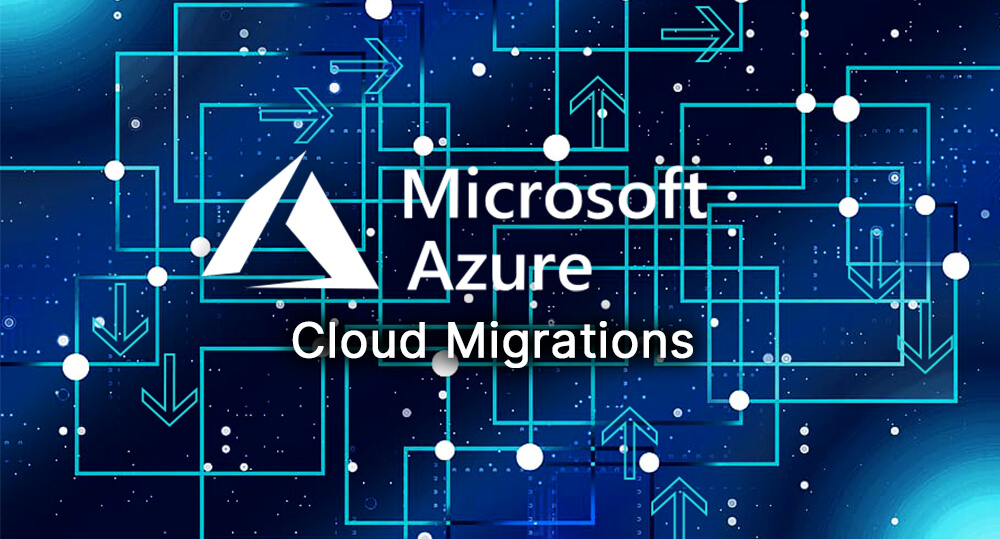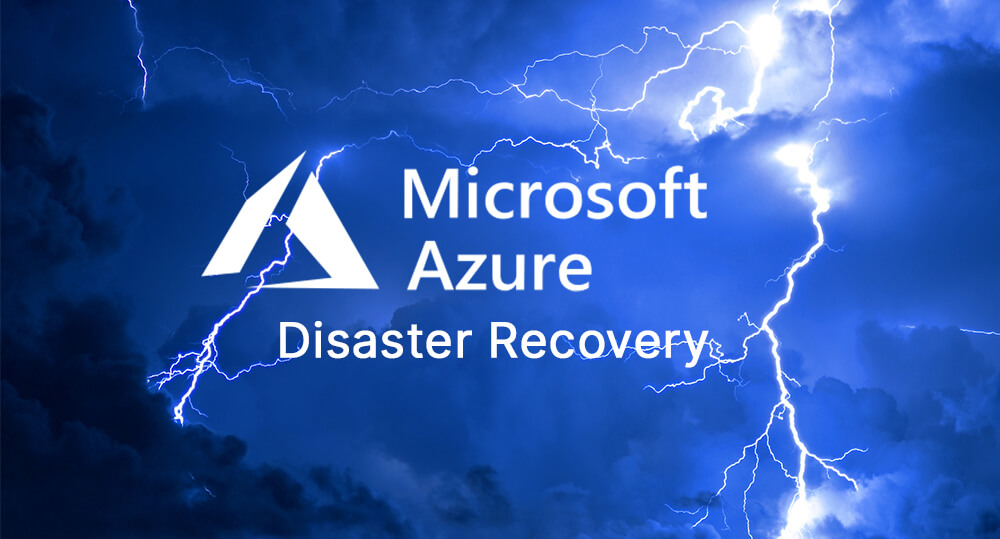Windows Environment Path Variables
To see windows environment variables type in set
%AllUsersProfile% – Open the All User’s Profile C:\ProgramData
%AppData% – Opens AppData folder C:\Users\{username}\AppData\Roaming
%CommonProgramFiles% – C:\Program Files\Common Files
%CommonProgramFiles(x86)% – C:\Program Files (x86)\Common Files
%HomeDrive% – Opens your home drive C:\
%LocalAppData% – Opens local AppData folder C:\Users\{username}\AppData\Local
%ProgramData% – C:\ProgramData
%ProgramFiles% – C:\Program Files or C:\Program Files (x86)
%ProgramFiles(x86)% – C:\Program Files (x86)
%Public% – C:\Users\Public
%SystemDrive% – C:
%SystemRoot% – Opens Windows folder C:\Windows
%Temp% – Opens temporary file Folder C:\Users\{Username}\AppData\Local\Temp
%UserProfile% – Opens your user’s profile C:\Users\{username}
%AppData%\Microsoft\Windows\Start Menu\Programs\Startup – Opens Windows 10 Startup location for program shortcuts
Win+R








